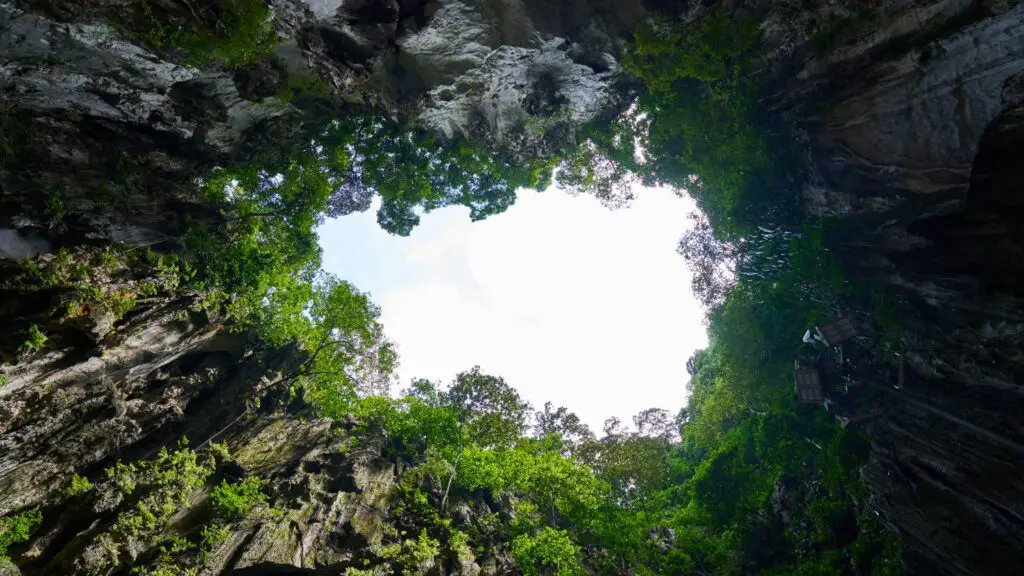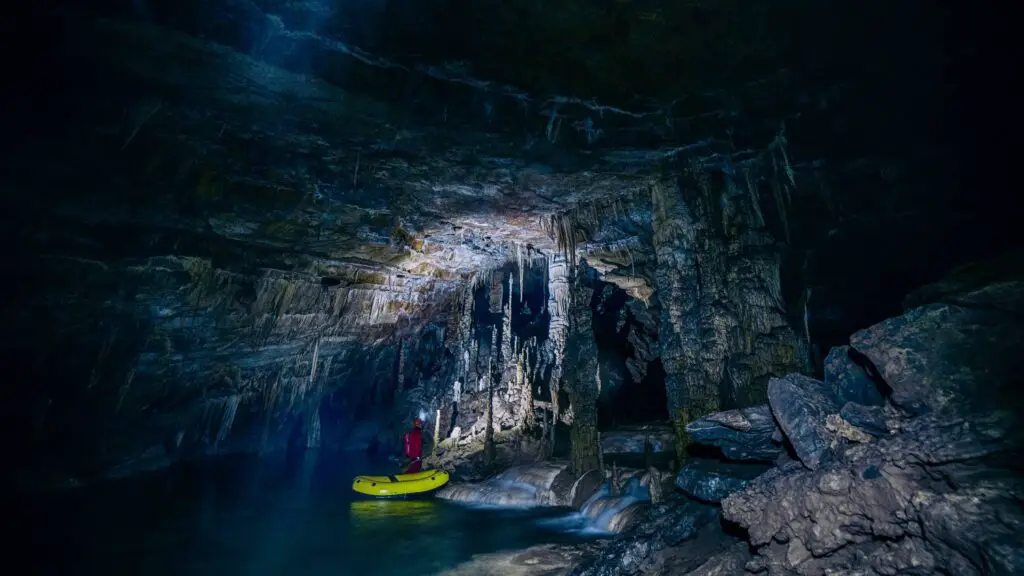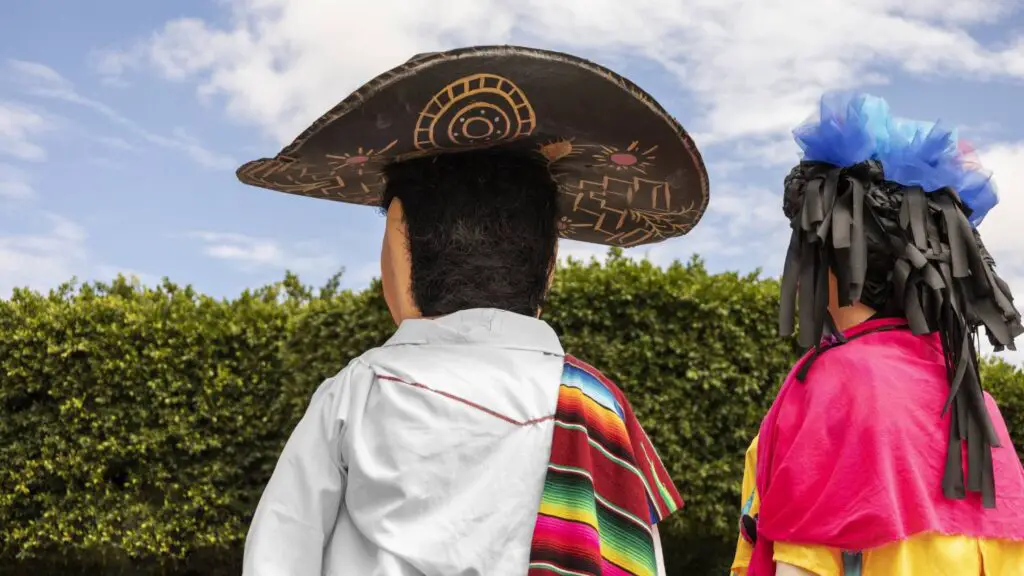Plunging into Earth’s Hidden Aquatic Realms: A Journey Beneath the Yucatán
Table of Contents
Diving the cenotes of Yucatán Peninsula

Have you ever felt the urge to dive deep into the unknown? To explore places so unique and untouched that they seem almost otherworldly? If you’re nodding along, buckle up because today we’re diving – quite literally – into one of the world’s most captivating hidden gems: the cenotes of the Yucatán Peninsula. Imagine freshwater pools hidden within limestone caves, teeming with life and steeped in ancient Mayan history. Sounds dreamy, right? Join me as we plunge into the crystal-clear waters of these mystical sinkholes and discover the secrets they’ve been guarding for millennia.
The Origin and Formation of Cenotes
The Yucatán Peninsula’s beautiful freshwater sinkholes, known as cenotes, result from limestone rock’s dissolution by slightly acidic rainwater, which creates underground caverns whose roofs eventually collapse to reveal the cenotes. Beyond their geological wonder, these formations held deep spiritual significance for the ancient Mayans, who saw them as sacred gateways to the underworld, Xibalba. Central to rituals and daily life, cenotes were symbolic of the intricate relationship between nature and the cultural fabric of the Mayan civilization.
The Enchanting Beauty of Cenote Waters

But the beauty of cenotes doesn’t end with the water. Look above and below, and you’re met with a stunning geological display. Stalactites, formed over millennia as mineral-laden water drips from the roofs of these caverns, hang like ornate chandeliers. Conversely, stalagmites rise from the floor, a testament to ages of mineral deposits building upon one another. The interplay between these formations often creates natural columns and intricate patterns that add to the cavern’s mystique.
Venture deeper, and the waters reveal a world rich in biodiversity. Within the cenotes, divers and snorkelers can encounter unique aquatic flora and fauna, many of which have adapted specifically to this environment. Freshwater fish, including mollies and catfish, glide effortlessly among the submerged rock formations. Various species of freshwater shrimp, snails, and even turtles call these waters home. Some cenotes, especially those with connections to underground river systems, even play host to blind cavefish, evolved over generations without the need for sight. The rich tapestry of life within a cenote, framed by its stunning geological features, makes it an unparalleled underwater realm to explore.
Most Famous Cenotes to Dive into

Ik Kil: Located just a stone’s throw away from the iconic ruins of Chichén Itzá, Ik Kil is a breathtaking cenote that perfectly embodies the magic of these natural formations. A circular cenote, it’s characterized by the vines and vegetation cascading down its walls, reaching towards the clear blue water below. With small waterfalls and black catfish swimming in its depths, Ik Kil offers a blend of natural beauty and historical significance, given its proximity to the ancient Mayan city.
Dos Ojos: Aptly named “Two Eyes” in Spanish, this cenote comprises two interconnected underwater caverns. It’s a paradise for cave divers drawn to its clear blue waters and the mesmerizing light play as sunlight filters through the cave openings. The intricate labyrinth of tunnels and chambers, adorned with stalactites and stalagmites, offers divers a thrilling and serene experience. Its depths also house bats and a variety of fish species, enhancing its appeal as a dive spot.
Gran Cenote: If you’re keen on snorkeling and observing aquatic life in its natural habitat, Gran Cenote is the place to be. Located near Tulum, this cenote boasts clear turquoise waters and sandy bottoms, with turtles often seen gracefully swimming among the divers and snorkelers. Its semi-open nature allows for a beautiful mix of sunlight and shadow, making the experience visually captivating.
Hidden Gems: Beyond the popular names, the Yucatán Peninsula hides numerous lesser-known, enchanting cenotes. Places like Cenote Suytun, with its iconic stone walkway leading to a sunlit platform in the center, or Cenote Calavera, often called the “Temple of Doom,” offer an eerie yet intriguing dive experience. These off-the-beaten-path spots may not have the fame of their popular counterparts, but they promise authentic and memorable diving adventures for those willing to seek them out.
With each cenote offering its unique charm and experience, diving in the Yucatán becomes less about the act and more about the journey into nature’s mesmerizing underwater art galleries.
The Spiritual and Cultural Significance

The sacred nature of cenotes made them focal points for rituals and ceremonies. Priests would conduct offerings to appease the gods, dropping in valuable items such as gold, jade, and even pottery. Furthermore, human sacrifices were sometimes made in more solemn ceremonies, especially during drought or calamity, reflecting the depth of the cenotes’ significance. Beyond these religious contexts, cenotes were essential freshwater sources in the Yucatán’s limestone terrain, anchoring daily life and settlement patterns. Cenotes were the lifeblood of the Mayan civilization, intertwining the mundane with the mystical and showcasing the harmonious relationship between the Mayans and their environment.
Practical Tips for Cenote Exploration
Embarking on a cenote exploration promises a thrilling adventure, but to ensure a seamless experience, some careful preparation and knowledge are essential.
Best Time of Year to Visit: The Yucatán Peninsula boasts a tropical climate, making cenote visits possible year-round. However, the dry season between November and April is especially recommended. Rain is less frequent, ensuring clearer waters and the weather is comfortably warm without being overly hot. Moreover, visiting during off-peak tourist months like September and October means fewer crowds and a more tranquil experience.
Necessary Gear and Preparations: Basic snorkeling gear, including a mask, snorkel, and fins, is a must for those looking to float on the cenote’s surface and observe its depths. For deeper dives, SCUBA equipment will be essential. While many cenotes offer gear rental, bringing your own is advisable, especially if you’re particular about fit and hygiene. Also, pack a waterproof bag for personal belongings, water shoes for rocky terrains, and a change of clothes. Remember, a certified guide and proper dive certification might be mandatory if you dive in deeper or more complex cenotes.
Safety concerns: Safety ought to be given high consideration. Never dive alone, and be mindful of your limitations. If you’re not an experienced diver, consider hiring a guide or joining a group tour. Be mindful of the cenote’s depth, currents, and underwater caves. Understanding the cenote’s layout, potential hazards, and exit points is essential.
Respecting the Environment: These natural wonders have been sustained for millennia, and it’s our responsibility to ensure they remain pristine for future generations. Always avoid using sunscreens or lotions before entering the cenote, as they can harm the delicate aquatic ecosystem. Do not touch or disturb the formations, flora, or fauna; ensure no litter or waste is left behind. Remember, ancient civilizations revered these cenotes; approaching them respectfully honors that rich heritage.
By keeping these practical tips in mind, your cenote exploration will be memorable and responsible, ensuring these natural marvels remain preserved for years.
Conservation and the Threats Facing Cenotes
Recognizing these threats, local communities and conservationists are taking proactive steps. Entry to many cenotes is now regulated, limiting daily visitors. There’s also a push for educating tourists about the importance of using biodegradable sunscreens and respecting the sanctity of these sites. Visitors can play a significant role in preservation by adhering to guidelines, participating in clean-up drives, and supporting local conservation initiatives. By understanding the fragility of cenotes and acting responsibly, we can ensure these natural wonders continue to enchant future generations.
Summing Up!
Diving the cenotes of Yucatán Peninsula – As we stand on the precipice of these ancient, watery portals to another world, we must recognize nature’s delicate balance and role within it. Like many natural wonders on our planet, Cenotes offer a glimpse into the intricate tapestry of life and history that predates us by millennia. However, with the privilege of exploration comes the responsibility of preservation. As you venture into the depths of the Yucatán Peninsula or any corner of our magnificent Earth, remember to tread lightly, explore with consciousness, and cherish each moment. Doing so ensures these wonders persist for future explorers and fosters a deeper appreciation for our planet’s mysteries. Let’s be curious adventurers and caring guardians, celebrating and safeguarding the treasures that Mother Nature bestows upon us.



